Know Before You Go
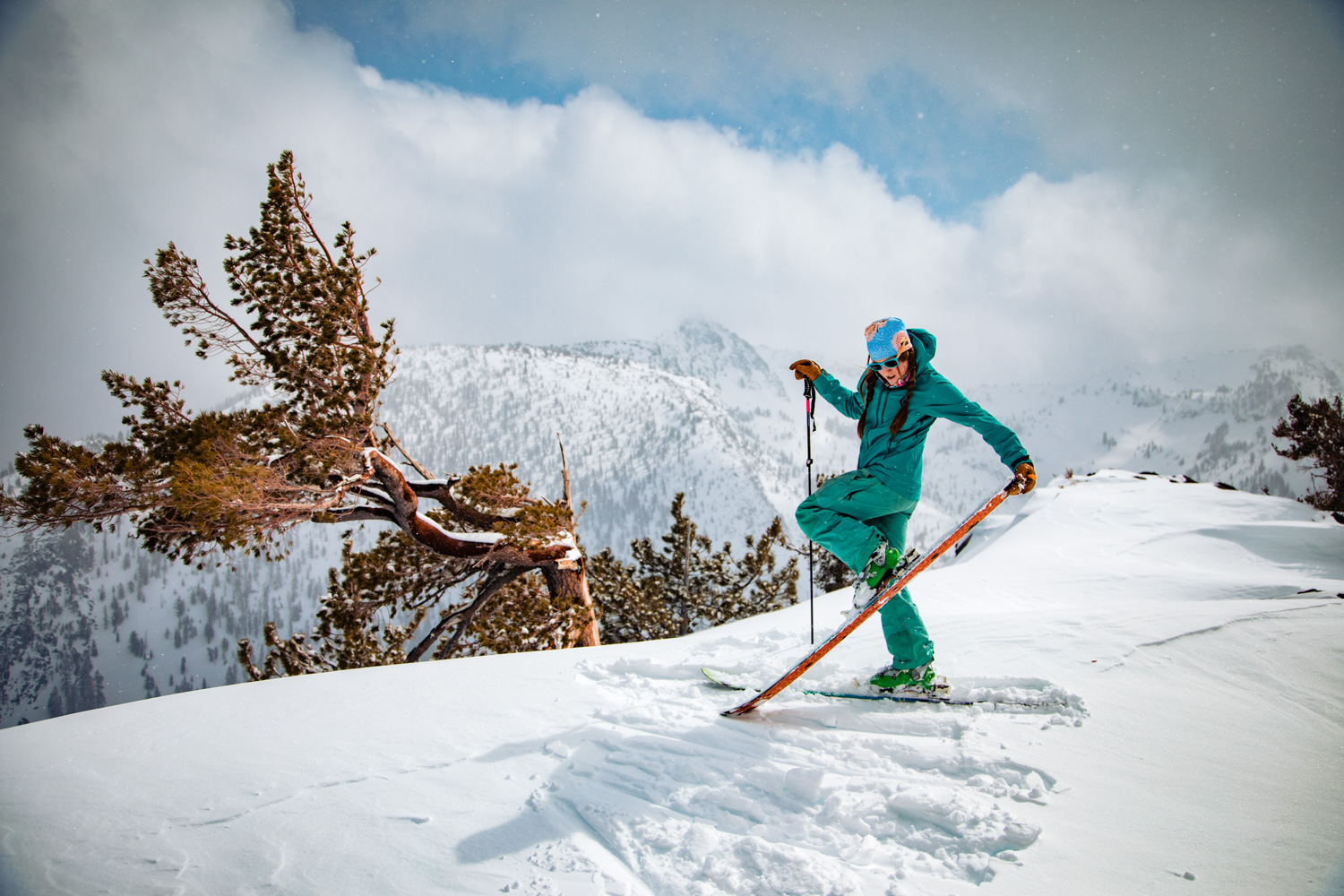
Know Before You Go
He was the avalanche expert and because he was there, she was okay. Until he wasn’t, and she wasn’t either. Learning the skills to trek in avalanche country is also an exercise in self love for author Carolyn Highland as she layers details of a troubled relationship with snow science.
By Carolyn Highland
It was a warm, sunny March day in the Indian Peaks Wilderness, and we dug the pit even though we didn’t have to. We got our shovels and probes and he showed me how to measure the dimensions and then we dug out enough snow so that we could both stand in the pit. We smoothed the walls and he took out his tools that would help us analyze the snowpack.
Were there weak layers? Where were they? How much force would it take to cause one to fail? He showed me how to do a shear test and an extended column test and how to categorize different types of snow crystals under the magnifying glass.
We toured an easy four miles up into a snowy basin, and turned around without getting into anything above a 30 degree angle. We was me and him, the snow hydrologist. The first person to make me feel like I was it, like the wait was over.
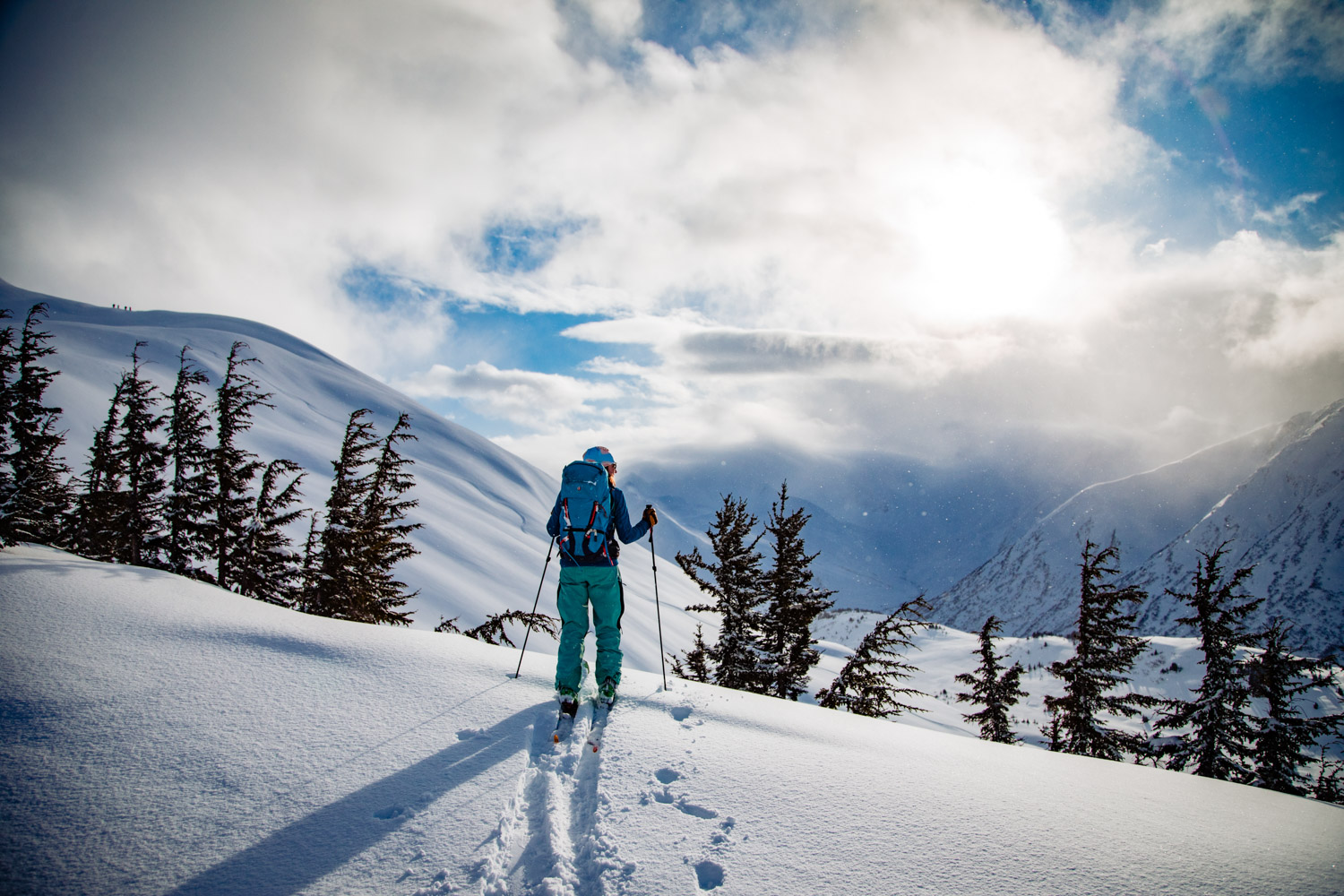
We had met in the parking lot of the mountain we both skied at, on an ordinary grey day in January. He had been wearing faded ski gear and his green eyes gleamed when I made a joke. It wasn’t long before we were pointing at lines together off the chairlift, before we were sitting next to each other in the lodge bar, before he was getting my phone number at the ski racks while the moon rose over the mountains. It wasn’t long before the seemingly ordinary events of the day became solidified into part of the story we would tell later of how it all began.
Before we met, I had only backcountry skied in the east. I’d skinned up little hills on my street with my dad and done a skimo race at the resort and bootpacked up Tuckerman Ravine. He’d grown up on Colorado’s Western Slope and had a Masters degree in snow science, so I always relied on him to make the final call. If he thought it was safe, it probably was, and if he thought it wasn’t safe, it probably wasn’t.
____
He was the first person to look at me with tears in his eyes and whisper you. We sat in his kitchen with our legs intertwined and he told me he was in love with me and all the reasons why. He held my hand when we walked down the street to the brewery in town and showed me all of his childhood places and took me on a river trip with all of his best friends. Late at night in a tent in Montana in the cold, with the rushing river lulling us to sleep, he held my face in his hands and told me that I was what everyone was looking for and he had found me.
And I breathed out the breath I’d been holding my whole life, waiting for someone to make me feel this way. Waiting for someone to make me feel held and whole and worthy. He was there, so I was okay.
We are told the story over and over again that love is something you obtain from others. You are not whole until someone else arrives to make you feel worthy and valued, until someone else provides for you the things you need. We are told this story enough times that we think this is how it is, that this is how we are to live, that the story of our salvation will start with a lanky guy in a red Arc’teryx shell walking around a corner toward us in the parking lot.
____
In the backcountry you are only as safe as your weakest link. It is not like driving a car, where as long as the person at the wheel knows what they’re doing, you’re fine. As long as the person in control is experienced and knowledgeable, the person in the passenger’s seat can nap or read or otherwise fail to pay attention to what is going on with the road. The backcountry is not like that. There are no passengers, only drivers.
Terrain and snowpack assessment are crucial aspects of wintertime backcountry travel, and placing all of your trust in someone who is an expert is one of the six heuristic traps that often lead to accidents. It is referred to as the “Expert Halo,” and occurs when a party lets one person drive the car and stops looking at the road. That expert may be falling into other heuristic traps (seeking social acceptance, not wanting to back down from an objective, feeling the need to get first tracks, allowing familiarity with the zone to affect their judgment), and with no additional opinions from the group, these biases go unchecked.
Those first few turns were a dream, stolen moments from a reality that couldn’t last.
To have a truly safe expedition, each member of the team must hold within themselves all the knowledge and experience necessary for success. They need to be able to assess the scene, to perform snow tests and analyze them, to form evidence-based opinions, to make informed decisions, to react in an emergency, to carry out a rescue. If each and every person in the party cannot do this independently, everyone is at risk.
We toured on Red Mountain Pass in the San Juans when I was at his parents’ house for Thanksgiving, and even though the extended column test we’d done had resulted in a score of 17/30, meaning that 10 taps from the wrist and 7 taps from the elbow had caused a propagating failure, we skied anyway. I didn’t think to question it. I was relying on someone other than myself, placing the responsibility elsewhere, waiting for external confirmation. He was there, so I was okay.
___
There is a free avalanche awareness program out of Utah called Know Before You Go. It was started in 2004 as a way to educate youth about the dangers of avalanches and proper backcountry safety, and has since expanded to provide hour-long presentations to all sorts of interested parties. Know Before You Go encourages all those engaging in wintertime backcountry travel to have the proper information and education prior to embarking on any kind of mission or expedition. Its main aim is to reduce avalanche related accidents, injuries, and fatalities by urging backcountry enthusiasts to arm themselves with everything they need to be safe.
Before you wind up in a dangerous, high-stakes situation that could have been simply avoided, don’t. Take an avalanche safety course, do beacon practice, and read the avalanche report. Choose your terrain wisely and know your partners well and dig a pit. Know all this, before you go.
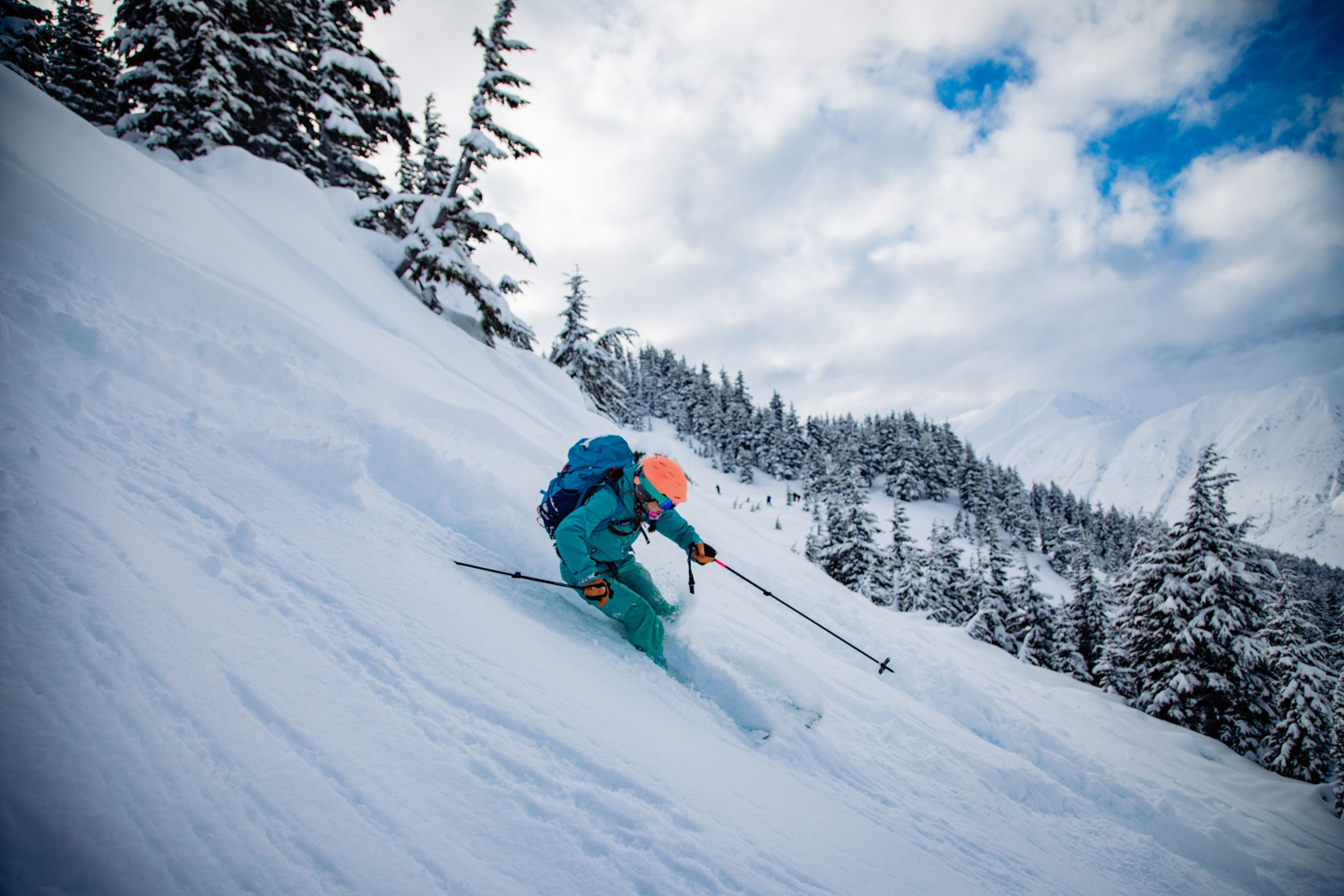
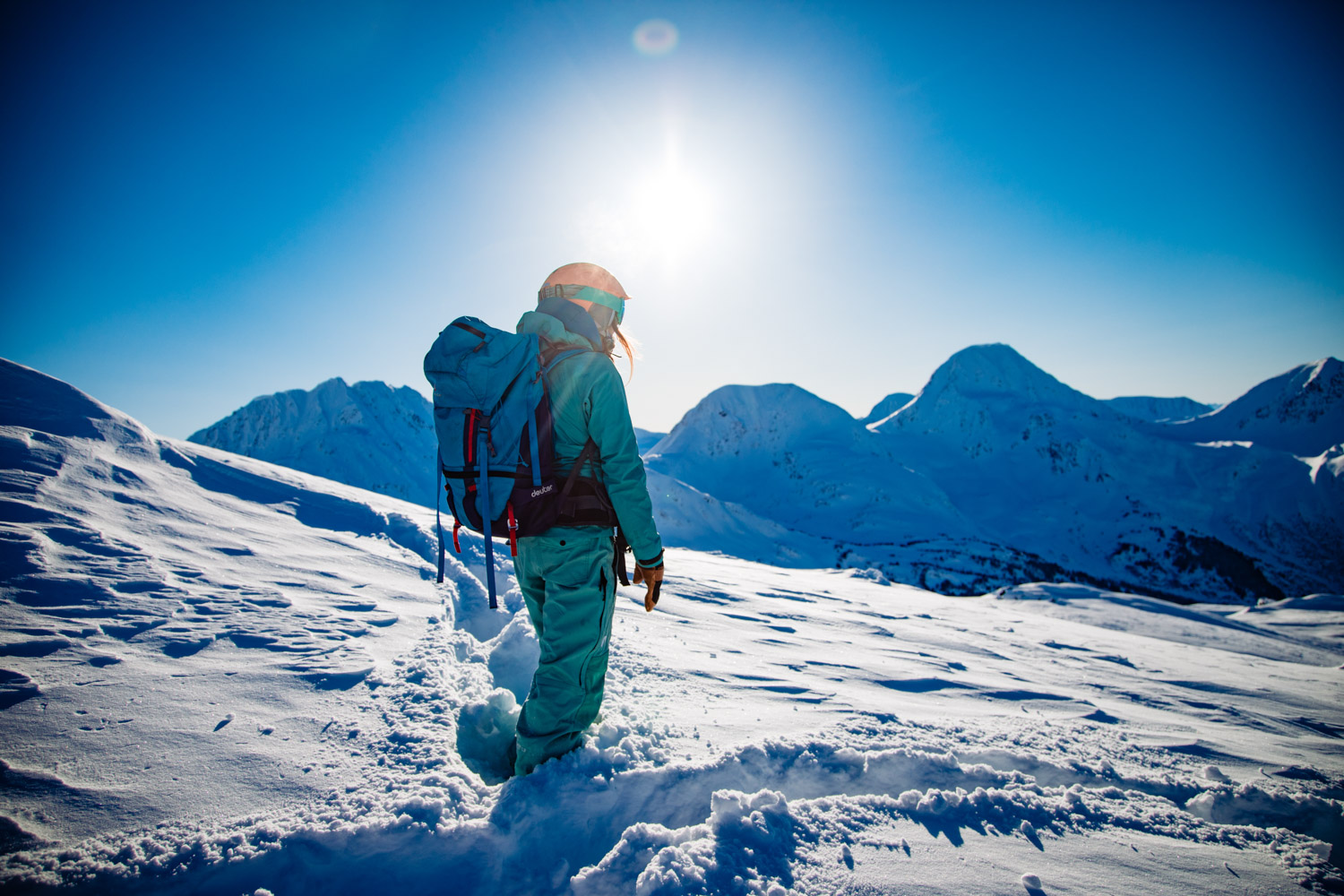
What you don’t know, the program says, can kill you. What you don’t know can get you in too deep.
What I didn’t know was a lot. What I didn’t know was that all relationships are a reflection of your relationship with yourself. What I didn’t know was that I, like all other human beings, was already a perfect, brilliant shard of the universe, enough just for existing. What I didn’t know was that being alone is not worse than being with someone who gradually stops giving you what you need.
I didn’t know before I went, and soon enough I would hear the proverbial whoomph, see the hairline crack spreading across the snow, feel the ground shift beneath me.
______
A persistent weak layer is a poorly bonded layer of snow caused by faceted crystals or surface hoar that gets buried by the next storm, pushed down and out of sight. But it lingers, lying in wait below the surface, until just enough force from above causes it to fail and the layer on top of it to slide. Persistent weak layers can form early in the season and lie dormant for months until they are suddenly, catastrophically triggered, often with feet and feet of snow on top of them ready to slide. What looked like a beautiful untracked face can become a path of destruction in seconds.
Based on the last storm or the latest conditions, a slope may appear stable, but the weakness underneath persists undetected, a ticking time bomb. It may be able to withstand a few easy turns at the beginning, but once you really lay into it, applying any kind of pressure, it’ll go. Those first few turns were a dream, stolen moments from a reality that couldn’t last.
I didn’t know before I went, and soon enough I would hear the proverbial whoomph, see the hairline crack spreading across the snow, feel the ground shift beneath me.
At the beginning, he looked at me and said you. At the beginning he told me he’d drag me with him wherever he went. At the beginning he leaned in.
At the end he was tired and wanted to sleep in his own bed. At the end he only ever said, “I love you too.” At the end he walked out to his truck and told me he’d be thinking of me. He wasn’t there, so I wasn’t okay.
As his perception of reality, his version of events, his assessment of the terrain changed, so did mine. Because I was relying on him to provide it. And in the end I discovered I’d leaned all my weight on a weak layer that couldn’t hold me. On a persistent weak layer that had been lying dormant in him all along. On something that, in the end, would fail.
What do you do then? What do you do when the person with all the knowledge makes a bad call? When you lose the driver?
You take a good hard look at yourself and you realize that the way we’ve been shown this works is all wrong. That if you are perpetually waiting for someone else to make you feel whole, you will always be putting yourself at risk. That only when you are truly self-sufficient will you be able to walk with confidence, knowing that whatever happens, you’ll be all right.
What do you do when the person with all the knowledge makes a bad call?
Because no matter what we tell ourselves, the risk of living in fear of being alone is far greater than the risk of being alone. The risk of never knowing your own worth is far greater than the risk of not having someone else to show it to you.
Let people tell you you’re beautiful and that they love you and that you’re worthy. But let it be a confirmation of what you already know to be true. Let someone telling you that the snowpack is well-bonded and stable on south-facing aspects be a verification of what you had assessed and determined yourself, not a conclusion you couldn’t have reached alone. Let it be knowledge that you carry internally, always.
____
A few months before he left, I finally took my AIARE Level 1 Avalanche safety course. He was not there to check my work or explain things to me or do it himself. It was me, with three other students, standing in a snow pit, forced to rely on ourselves. We spent two days doing stability tests and analyzing snowpack and doing beacon practice and planning routes and skiing. At the end of the weekend, I was handed a certificate that stood for the knowledge I now carried in my brain.
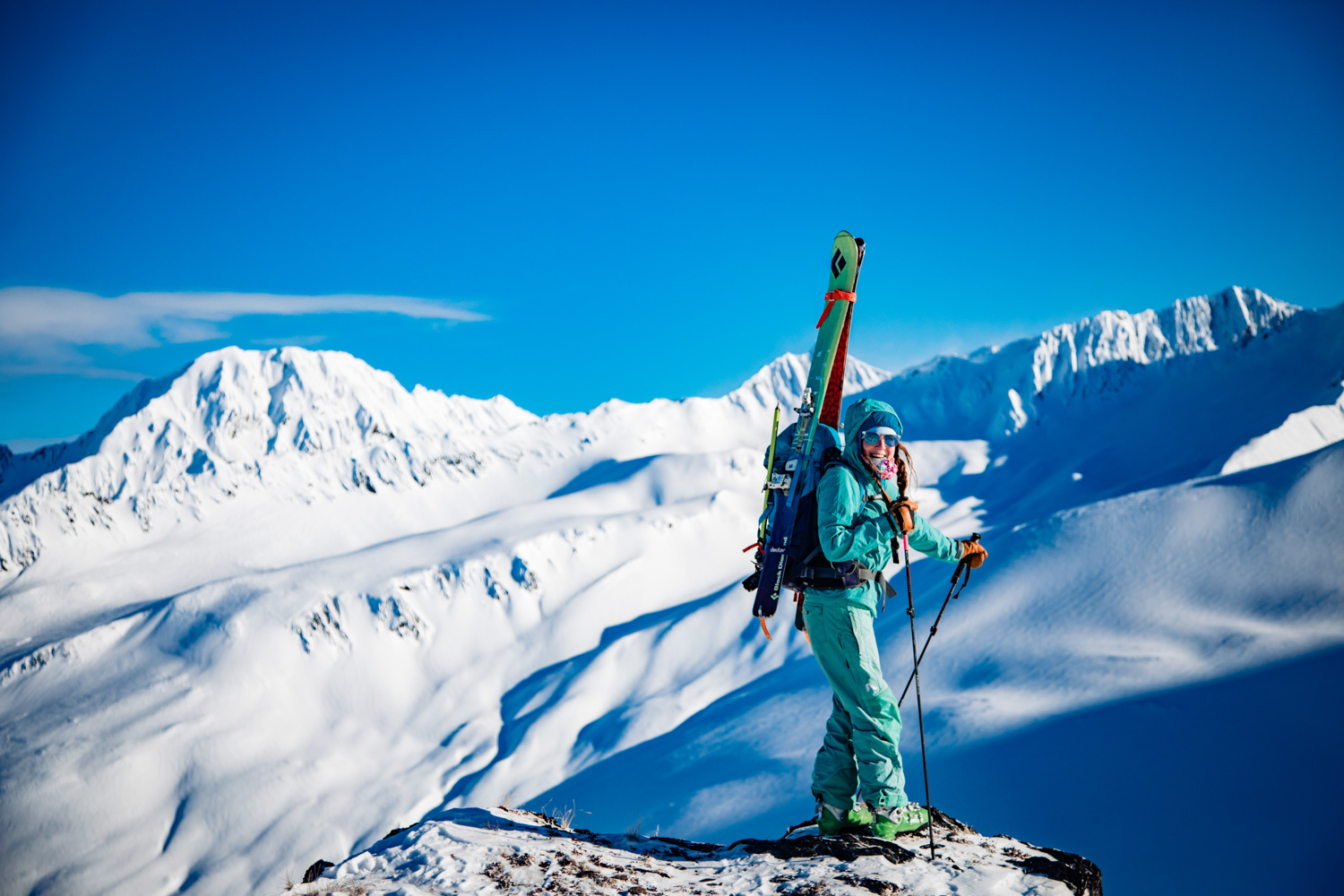
I was now prepared to enter the backcountry entirely self-sufficiently. I didn’t have to wait for someone to come along to make me feel safe. I could choose my partners based on who I wanted to ski with, not who I needed to get by. I could come to the table already equipped with everything I needed.
Being self-reliant isn’t about not letting anyone else in. It’s about letting someone in to a house that’s already been built, rather than hoping they show up with nails and hammer. It’s about the difference between need and want. The difference between seeking and being.
____
Months after he was gone, I skied into a backcountry hut with some friends. The sun glinted off the snow and poured in dusty spirals through pine boughs and caused us to roll up our sleeves. The mountains, giants of stillness, surrounded us on all sides, beckoning us up to the high country. Just before we reached the hut, we found ourselves at the top of a pass, in a world that was nothing but sky and rolling white on all sides. I breathed out a breath I’d been holding since he left.
I looked at the mountain faces across from us as we skied up, making observations about slide debris on certain aspects, weighing in on how we should travel across particular sections, pointing out patches of surface hoar as we passed it. I was a knowledgeable, competent, responsible member of the team. I was there, so I was okay.
This story is a lightly edited excerpt from Carolyn’s essay collection “Out Here”.
Photographs in this piece are by Joe Connolly/Chugach Peaks Photography.
Carolyn Highland is a Tahoe-based writer, outdoor educator, and fan of adventuring in costume. Her first book, Out Here: Wisdom from the Wilderness, was released by Rocky Mountain Books in September 2020. You can find her on Instagram and at her website. .
Be the first to comment